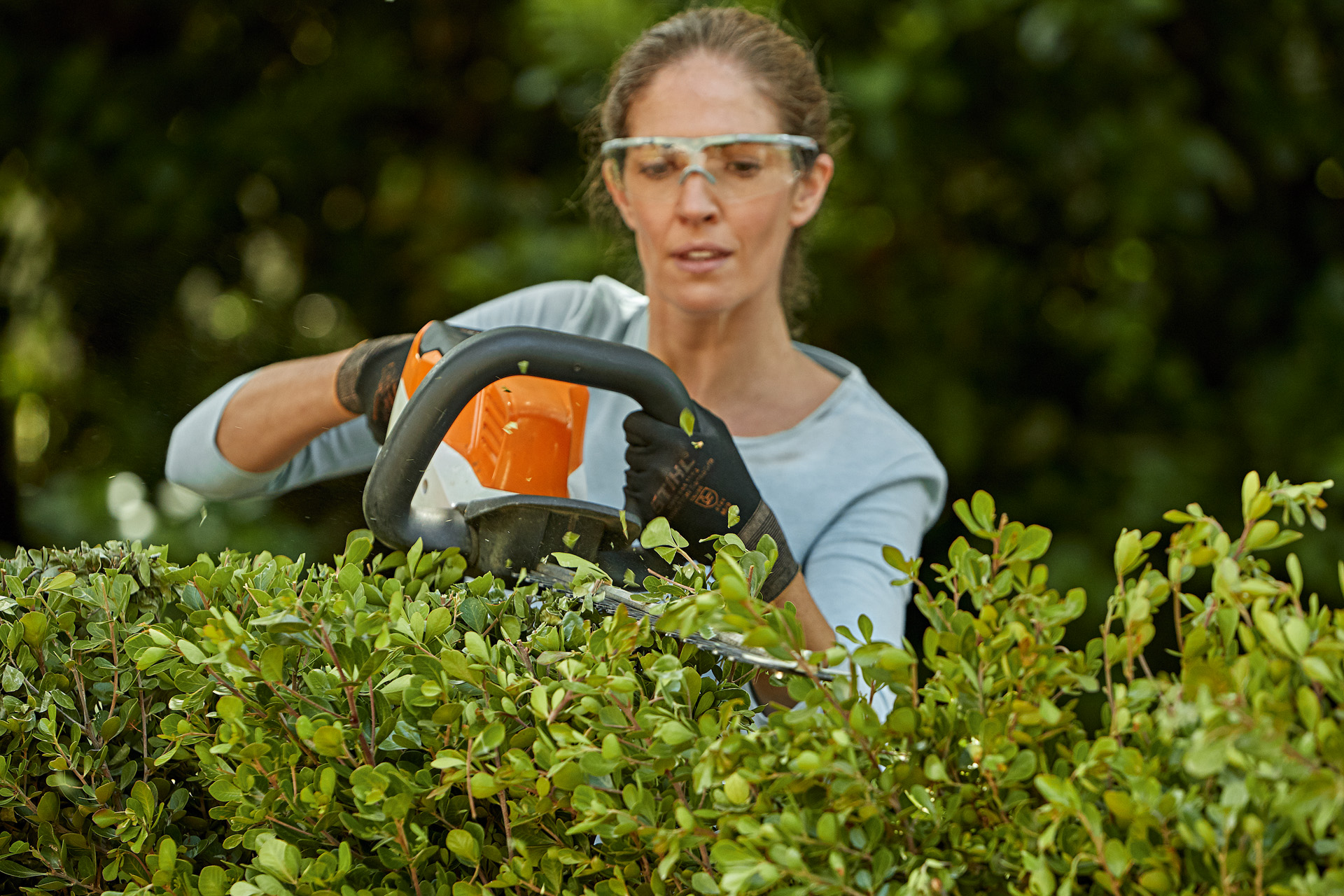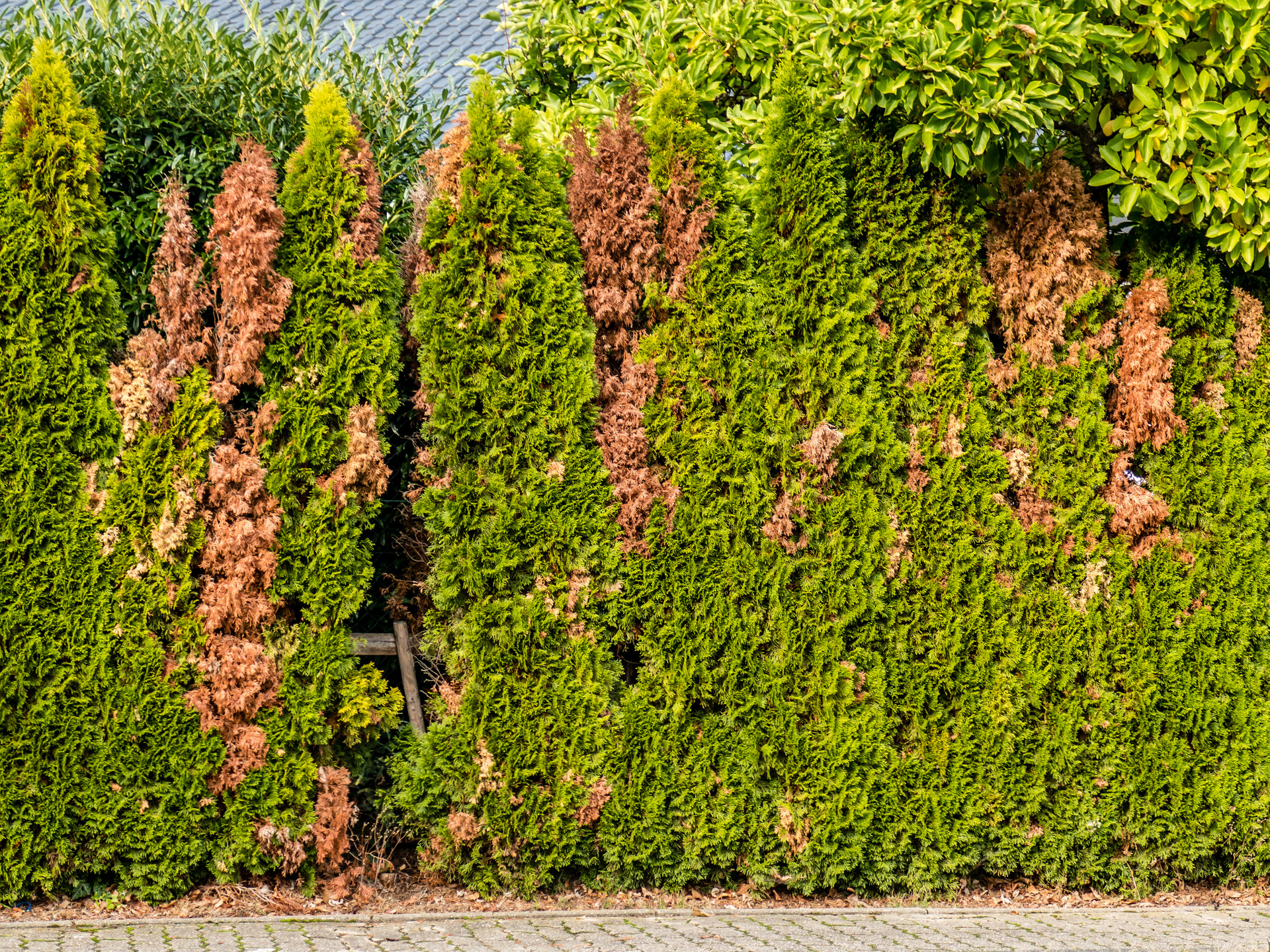With the right maintenance and care, your hedge will be more than a boundary – it will be the pride of your garden. We have the expert tips you need.
If you take good care of your hedge it will grow dense and healthy and will form a beautiful living wall in your garden. As early as when you choose and plant your hedge, you should be aware of its maintenance needs and plan for appropriate watering, trimming and fertilising. Even with the most diligent care efforts, you may find your hedge develops thin patches or disease, in which case maintenance must quickly move to treatment. If you take action early, it’s often simple to tackle pests and diseases and protect your hedge from more serious damage.
Throughout the year you should keep an eye on your hedge so you can spot any problems. From spring to autumn the main consideration is keeping your hedge watered, and to fertilise it once. If needed, you can also carry out light maintenance pruning to keep your hedge in shape during these months, though you must be careful not to disturb nesting birds. Then in winter, you can prune more heavily if needed.




Think carefully about what you want from your hedge and what position it will be in for maintenance: do you want it to be very tall? Yew will do the job, but it grows very slowly; coniferous thuja might suit you better. If you know you have quite wet ground, hornbeam or hawthorn are more likely to thrive than some hedge varieties. Evergreen or deciduous; fast or slow-growing; high or low-maintenance; flowering or thorny to deter intruders – there are many decisions to make. With some forethought you can be confident of choosing the right hedge for your garden.
Spring is the best time to plant any hedge. The spacing between the seedlings and the edge of your property depends on the type of hedge you are planting and what you want from it. When planting your hedge, you should consider access for maintenance, soil quality and potential size.
Most hedge plants are very robust, but they can be damaged by some diseases and pests. Insects, rusts and moulds can all cause severe damage if left unchecked, so your hedge maintenance should include regular careful inspection for signs of problems. If you treat it in good time though, your hedge may emerge largely unaffected. Learn more on hedge diseases.
Gaps in hedges are dispiriting, but fortunately they are usually easy to fix. If you find a patch of dead leaves during your hedge maintenance, trim back to healthy wood and smaller gaps should fix themselves in time. You can also “train” a stem across the gap and tie it in place until it settles. A large gap in a hedge can often only be fixed with a replacement plant. Find out more about hedges with gaps in this article.
If you need to fertilise your hedge, make it part of your March or April garden maintenance, so your hedge has key nutrients available before it faces the stresses of summer. Choose a specialist product for your hedge.